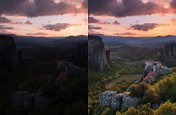A guide to mirrorless cameras.
Mirrorless cameras are changing the digital photography landscape. Learn what sets these cameras apart from DSLRs, their pros and cons and how to get the most out of your mirrorless.
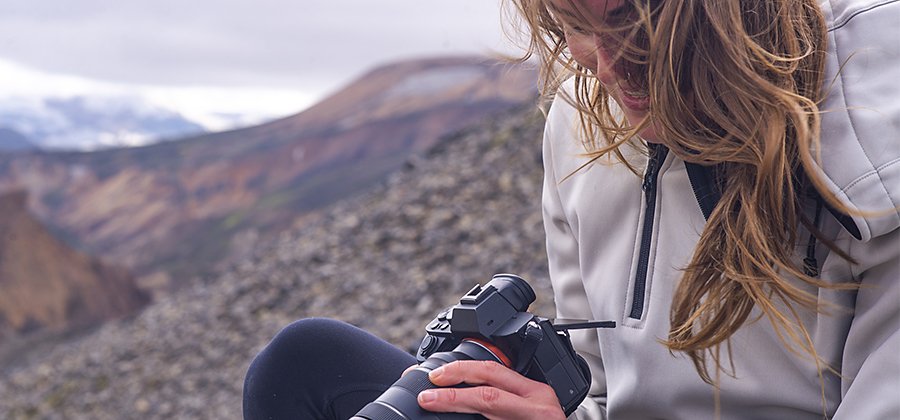
Mirrorless cameras vs DSLRs: What’s the difference?
As the name suggests, mirrorless cameras capture images without the use of a mirror in the camera body. This is different from DSLR cameras, which reflect images into viewfinders via mirrors. Instead, mirrorless cameras often use electronic viewfinders (EVF) to display images digitally.
The name mirrorless can be a bit confusing since many types of digital cameras already don’t use mirrors. Digital point-and-shoots, rangefinders such as the legendary Leica and even your smartphone’s camera are all technically mirrorless. But the term mirrorless now mainly refers to cameras with interchangeable lens systems.
Because they have no bulky mirror box in the body, mirrorless models are more compact cameras than their DSLR counterparts. And because the lens sits closer to the sensor without a mirror in the middle, image quality is potentially superior. For these reasons and others, mirrorless technology is the apparent successor to DSLR’s reign over the digital photography world.
Advantages of mirrorless cameras.
Electronic viewfinder
Apart from size, the electronic viewfinder is the most obvious difference from DSLRs. EVFs show a digital rendering of the frame, which shows you what the exposure will look like in real time as you adjust the settings. “You can review your image in the viewfinder, which saves a lot of time during shoots,” says photographer Alex McGregor. “You can also customise what information is displayed in the EVF,” he adds.
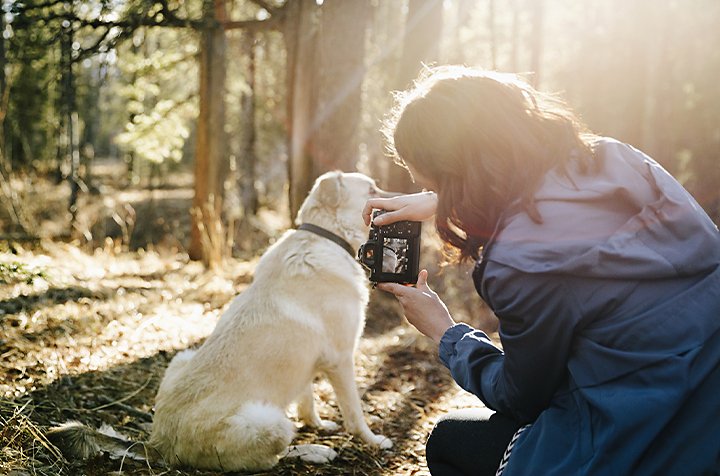
“The shooting experience is much smoother because of the EVF,” says photographer Brooke Bartleson. “With a DSLR, you often have to bring your camera down to look at the image and recompose it. But with an EVF, you get a more realistic view right in your viewfinder so you can review and adjust much more quickly.”
While EVF image quality isn’t quite on par with optical viewfinders yet, their clarity and sharpness make significant strides with each new model. The best mirrorless EVFs nearly measure up to optical viewfinders and will only continue to get better.
In-body image stabilisation (IBIS)
IBIS is a feature that stabilises the sensor while shooting handheld. It allows you to shoot at very slow shutter speeds without a tripod, which makes it easy to get low-light shots without cranking up your ISO (sensitivity to light that can add noise or grain to your photo). “Some people have been able to handhold an exposure for several seconds with no motion blur, which is impossible with a DSLR,” says McGregor.
It’s also great for video, as it allows you to get smooth, stable shots without using a gimbal (a pivoted support that allows the camera to remain stable). Not all mirrorless options have IBIS, but the technology became popular with the rise of mirrorless cameras.
The ability to switch seamlessly from viewfinder to live view on the OLED or LCD screen is a draw for many photographers. Some models even allow you to autofocus by simply touching the screen. Continuous live view is perfect for shooting at tricky angles without needing to raise the camera to your eye and it’s great for shooting video. Many creatives choose to use their mirrorless as a video camera for this reason. If you want to shoot video, a mirrorless is an ideal choice, as many models are equipped to shoot 4K video, such as the popular Sony A7R IV, while the Canon EOS R5 can shoot up to 8K.
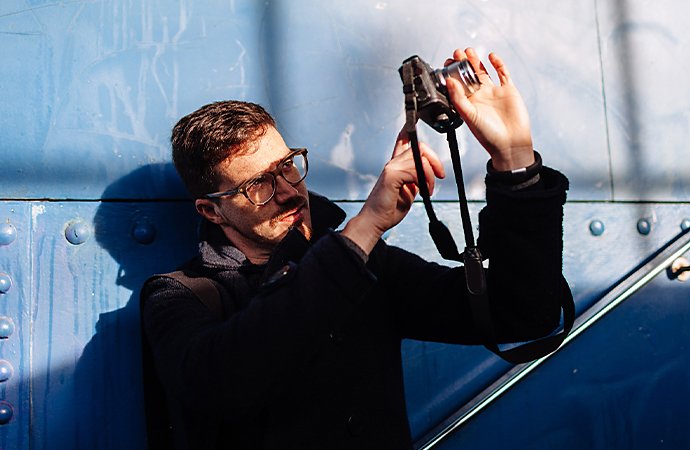
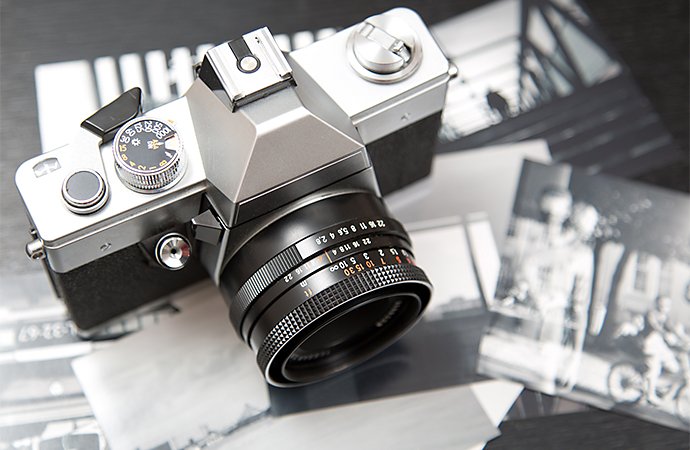
Autofocus system
For McGregor, the AF system was a standout improvement over DSLRs. “The ability to move focusing points to the edge of the screen helps with composition and quickness during the shooting process.”
Continuous focus tracking is another feature that mirrorless cameras are known for. “You can tell the camera which subject to focus on and it will track that subject as it moves in your frame,” says McGregor. “This lets the photographer focus on the exposure and composition and trust the camera to handle the focusing.”
With no mirror to flip up when you press the shutter, mirrorless cameras can take photos without making a sound. Stealth is a huge advantage in event photography or weddings, where you need to be as unobtrusive as possible. Most camera models are available with either a mechanical shutter or an electronic shutter option. You might choose the electronic shutter for sports photography or scenarios when you need to capture motion, as it can shoot many more frames per second than the mechanical shutter.
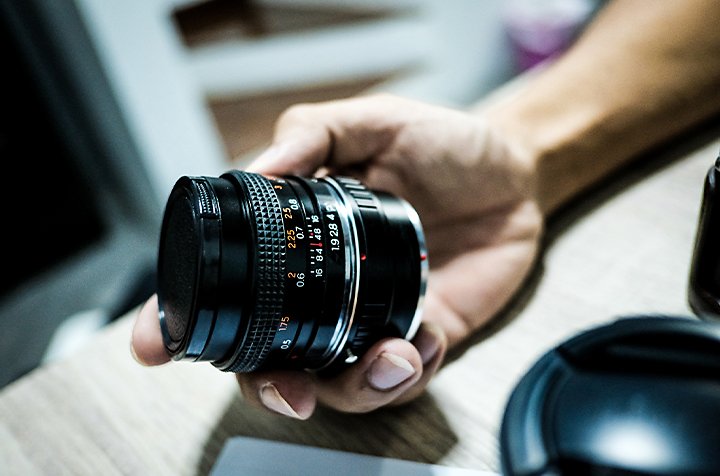
Lenses
Mirrorless cameras use the same bayonet-style lens mount as DSLRs. These lenses come loaded with the latest technology for tack-sharp autofocusing and can be more compact, as they don’t have to leave space for mirror swing. Keep in mind that if you want to use a DSLR lens on a mirrorless camera, you’ll need to buy an adaptor.
Drawbacks to consider.
Shorter battery life
With more electronic components to power, mirrorless camera batteries don’t last as long as their DSLR counterparts. If you decide to go mirrorless, make sure that you have plenty of extras on hand.
Price and limited lens options
You can expect to pay a premium for many mirrorless cameras and lenses. Limited selection is another potential drawback to buying into the mirrorless family. Most manufacturers are still rounding out their lineup of mirrorless lenses; you’ll get a much more extensive selection with DSLR lenses.
While you can use DSLR lenses and get high-quality results, you’ll get the best performance out of your mirrorless with native lenses. Starting your lens collection from scratch is a big investment and while an adaptor is the perfect budget-friendly solution for many, it’s still a cost to factor in.


EVF quality
While some love the EVF, for others it’s an unwelcome change. EVF quality is on the rise across the board, but some cameras are leaps ahead of others and while EVF will give you an accurate image most of the time, in tricky situations such as low light, the rendering will be noticeably poorer than what you see with your naked eye. Whether you consider EVF a pro or a con comes down to personal preference.
Get the most out of your mirrorless.
While mirrorless cameras are typically a bit spendier than DSLR equivalents, there’s an option for every budget. You can pick up an entry-level model with an APS-C sensor without breaking the bank. You can opt for a lightweight camera with a Micro Four Thirds sensor size, seen in Olympus and Panasonic cameras. Or you can spring for a professional set-up with a full-frame sensor and high-megapixel count. Depending on your needs, a mirrorless camera could quite literally revolutionise how you approach photography.
Between the cutting-edge technology and the extra space in your camera bag that a mirrorless will give you, there are plenty of reasons to make the switch to mirrorless. You can pretty much guarantee that any mirrorless camera you consider will come with a good deal of extra features, such as built-in wi-fi and bluetooth, dual slots for memory cards, weather sealing and more.
With all these features on board, “it can be overwhelming for beginners to learn how to navigate their camera,” says Bartleson. “It’s best to spend some time reading up on your camera and getting to know the default settings so you know how to use this tool to your advantage.”
Mirrorless cameras open up a world of possibilities for many photographers. Now that you know the inside scoop on all things mirrorless, you can continue your hunt for the perfect camera with ease. And when you’re ready to edit your shots, you can count on Adobe Photoshop Lightroom to provide support for the latest mirrorless cameras and lenses.
Contributors
Do more with Adobe Photoshop Lightroom.
Edit photos easily with Lightroom presets, Super Resolution, easily share photos from any device and access your projects anywhere with cloud photo storage management.
You might also be interested in…
The basics of the DSLR camera.
Learn more about the pros and cons of this type of digital camera.
RAW vs. JPEG: Which format should you shoot in?
Dive into the differences between photographs taken in RAW and JPEG format.
Night Photography.
Low light doesn’t have to equal low quality with these tips for successful nighttime photos.
Lightroom vs. Photoshop: When to use each image editing program.
Learn the differences between these industry-leading photo editors and discover your ideal editing workflow.
Get Photoshop Lightroom.
Edit, organise, store and share photos from anywhere.
7 days free, then €12.29/mo.

